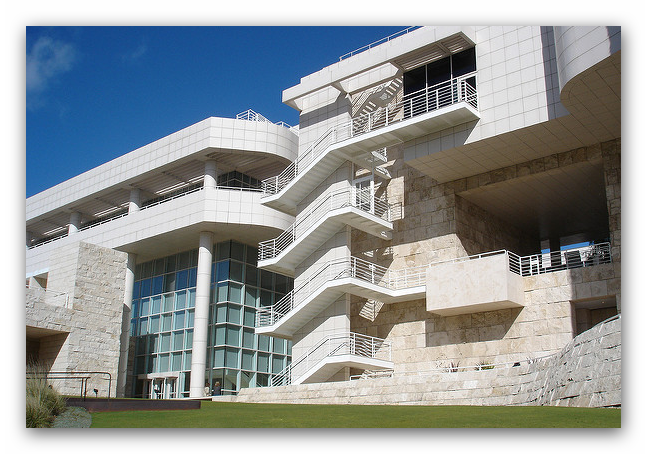Oct 30 2018 - Jan 27 2019
J. Paul Getty Museum - The Getty Center
Los Angeles, CA
Inspired by a renewed interest in classical sculpture and closer study of nature, Renaissance artists made the nude body ever more vibrant, lifelike, and central to their practice. Yet, pious European Renaissance society was troubled by the nude and its new sensuality—a conflicted response echoed in the world today, where images of nudity have become ubiquitous.
This exhibition, with more than 100 objects by Da Vinci, Raphael, Michelangelo, Dürer, and others, traces the nude’s controversial emergence and its transformative effect on European art and culture.
The nude—the unclothed or partially clothed human body—has been featured in European art for millennia. After 1400, with the waning of the Middle Ages, artists depicted nudes as increasingly three-dimensional, vibrant, and lifelike— in short, more immediate and real. They employed diverse means: in Italy through a return to the models of ancient Greek and Roman art, and in northern Europe through refinements to the technique of painting in oils that enabled painters to capture textures—of flesh, of hair, of the sparkle in an eye—with unprecedented truth to nature. In concert with new scientific approaches, artists across Europe studied nature—including the human body—with increasing specificity and deliberation.
The meaningful depiction of the human form became the highest aspiration for artists, and their efforts often resulted in figures of notable sensuality. For Christians, however—who represented most of European society at the time—the nude body could be disturbing, arousing personal desire. Their conflicted responses are mirrored in our own body-obsessed era, filled with imagery of nudity.
The Renaissance Nude examines the developments that elevated the nude to a pivotal role in art making between 1400 and 1530. Organized thematically, the exhibition juxtaposes works in different media and from different regions of Europe to demonstrate that depictions of the nude expressed a range of formal ideals while also embodying a wide range of body types, physical conditions, and meanings.
Credit: Exhibition overview from museum website
Image: Allegory of Fortune, c.1530, Dosso Dossi (Giovanni di Niccolò de Lutero), oil on canvas. The J. Paul Getty Museum

Select The Renaissance Nude to learn more, or to place this book in your Amazon shopping cart. Your Amazon purchase through this link generates a small commission that will help to fund the ArtGeek.art search engine.
Exhibition Venues & Dates
Oct 30 2018 - Jan 27 2019
J. Paul Getty Museum - The Getty Center
Los Angeles, CA

